Why Steam Locomotive Wheel Arrangements Matter
Steam engines are one of the most important inventions in modern history. And when paired with the wheel, they became an essential part of life in the Industrial Revolution.
Have you noticed that different steam locomotives have different numbers of wheels? It’s not a mistake. Each steam locomotive wheel configuration has its own purpose and meaning.
By the end of this blog, you’ll have a better understanding of these steam locomotive wheel arrangements and will be able to look at a locomotive and know what type of wheel configuration it has.
What is the Whyte Notation?
It became apparent that there needed to be a universal system to create less confusion when talking about steam locomotives.
F.M. Whyte, a Dutch mechanical engineer with the New York Central Railroad, came up with a system to identify a steam locomotive by using the number and type of wheels used by the locomotive. It’s written to represent the number of wheels, with the three types of wheels separated by hyphens. Locomotives that have two or more distinct sets of driving wheels are noted separately.
Today the Whyte Notation is used in the United States, United Kingdom, Australia, and New Zealand.
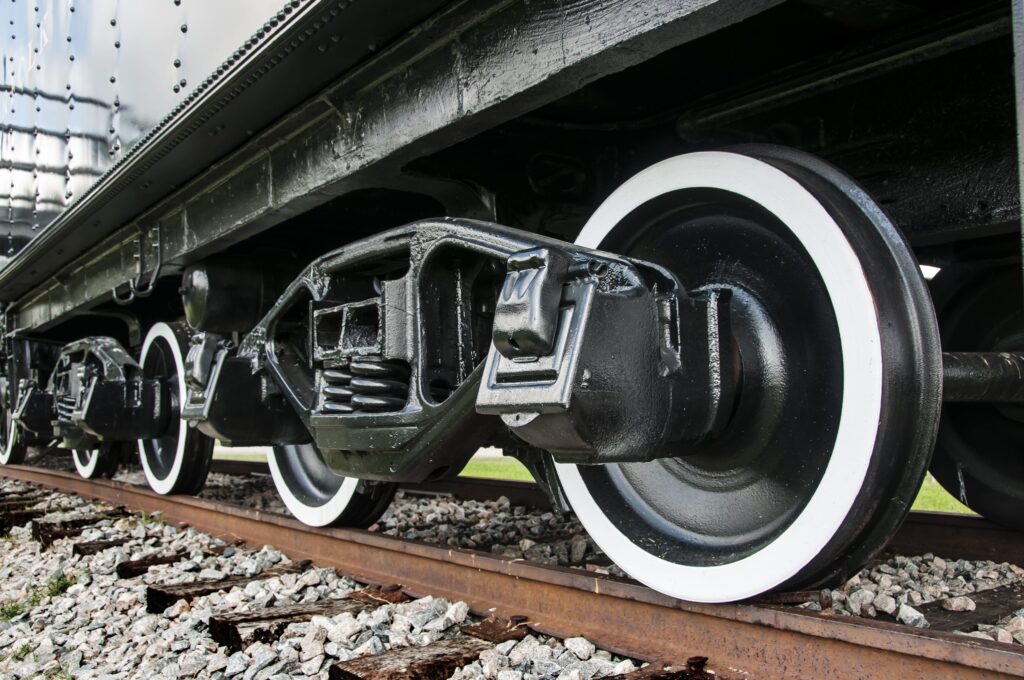
The Different Types of Train Wheels
Before we get into the types of steam locomotive wheel arrangements, we have to discuss the different types of wheels.
Leading Wheels
These aren’t powered and sit in front of the driving wheels. They help support the front of the locomotive and guide it around curves and switches.
The number of leading wheels is signified by the first number in Whyte Notation.
Driving Wheels
Driving wheels move a steam locomotive through pistons and rods. They usually sit centrally under the boiler and are larger than the surrounding wheels.
The number of driving wheels is the second number in the Whyte Notation. Locomotives with multiple sets of driving wheels have multiple numbers included in the notation.
Trailing Wheels
Trailing wheels are located behind the driving wheels and support the cab and firebox. They can also provide additional traction when equipped with a booster engine.
The final number in the Whyte Notation shows the trailing wheels.
Types of Locomotive Wheel Configurations
Since steam locomotives were built for different purposes, they needed different locomotive wheel configurations. For example, passenger locomotives have larger diameter wheels to achieve higher speeds but freight locomotives have smaller wheels for more power. So here are some samples of the more common wheel configurations and what their purpose was.
4-4-0 Steam Locomotive
The 4-4-0 locomotives have four leading wheels, four driving wheels, and zero trailing wheels.
This type of locomotive was used in the 1800s in North America for both freight and passenger service. The wheel arrangement was suitable for the grades and curves of the railroads of the time.
The design required the firebox to fit between the driving wheels, which limited its steam output so by 1900 larger locomotives were needed.
4-6-0 Steam Locomotive
The 4-6-0 wheel configuration was a natural progression and followed the 4-4-0. By having the extra set of driving wheels, it gave the locomotive more power. It was typically known as a “ten-wheeler.”
This type of locomotive was used for all types of service so it was versatile.
The 4-6-0 locomotive is part of the Casey Jones lore. It was the type of locomotive that he was driving when he died.
4-8-4 Steam Locomotive
The 4-8-4 steam locomotive was used on some of the most advanced steam locomotives ever built.
This wheel configuration was developed due to the explosion in passenger train traffic and the older wheel configurations could only handle up to 12 cars at a time. So something more powerful was needed.
This type was built to handle the heaviest passenger and freight trains at high speeds, which made train travel quicker and more efficient.
4-8-8-4 Steam Locomotive
The 4-8-8-4 steam locomotive has four leading wheels, two sets of eight driving wheels, and four trailing wheels. They were designed to haul heavy freight in mountainous regions.
This locomotive had hinged frames to allow them to negotiate curves. This was necessary because they were so long and couldn’t go around curves otherwise.
It’s also known as the “Big Boy.” There were 25 Big Boy locomotives built exclusively for the Union Pacific Railroad.
What are the Wheel Configurations on Strasburg Rail Road’s Steam Locomotives?
Now that you’ve learned about the different types of wheel configurations, here are the different types of wheel configurations you can see at Strasburg Rail Road.
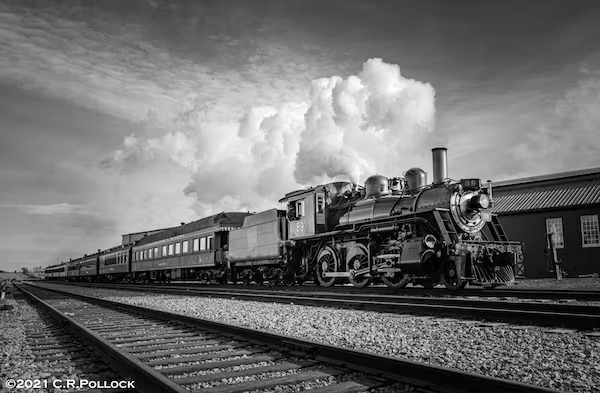
Locomotive No. 89
Locomotive No. 89 has a 2-6-0 wheel configuration so it has two leading wheels, six driving wheels, and zero trailing wheels.
It was made by the Canadian Locomotive Works and ran on the Canadian National Railway. The No. 89 arrived at Strasburg in July 1972 in the aftermath of Hurricane Agnes.
It’s an active locomotive at the railroad and is often the locomotive that pulls smaller trains. It’s also used for dual-purpose service.
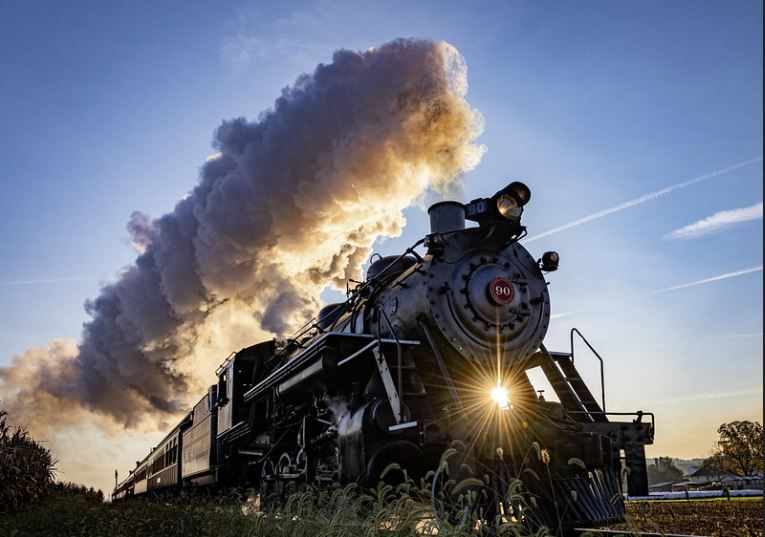
Locomotive No. 90
Built in 1924 by the Baldwin Locomotive Works, Locomotive No. 90 is a 2-10-0 wheel configuration. This means it has two leading wheels, 10 driving wheels, and zero trailing wheels.
Locomotive No. 90 is a freight locomotive with a large number of smaller wheels to help keep the axle load low and run on light rails.
After spending most of its career hauling different commodities across the country, No. 90 arrived in Strasburg in May 1967. It’s one of two operational decapod class locomotives left in America.
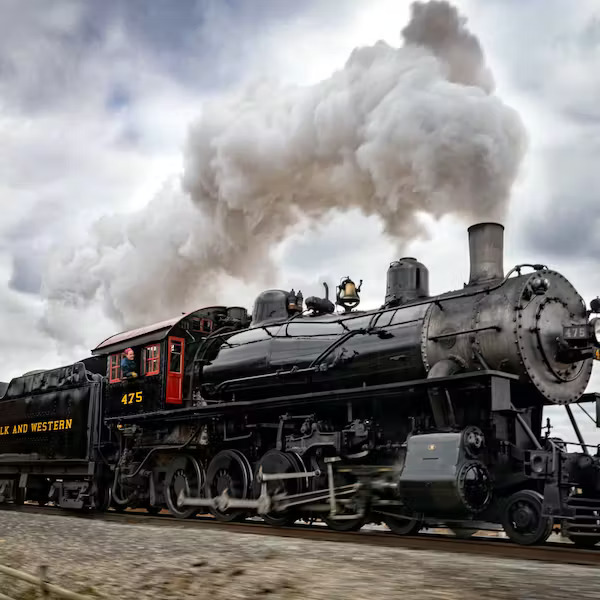
Locomotive No. 475
One of the locomotives at Strasburg Rail Road, No. 475, has a 4-8-0 wheel configuration. It has four leading wheels, eight driving wheels, and zero trailing wheels. It’s also classified as a “Mastodon” or “M-class” locomotive.
It was made by the Baldwin Locomotive Works in 1906 and was used for freight service. It’s the only 4-8-0 class locomotive currently operating in America while also being one of the last surviving examples of a Norfolk & Western Railroad locomotive.
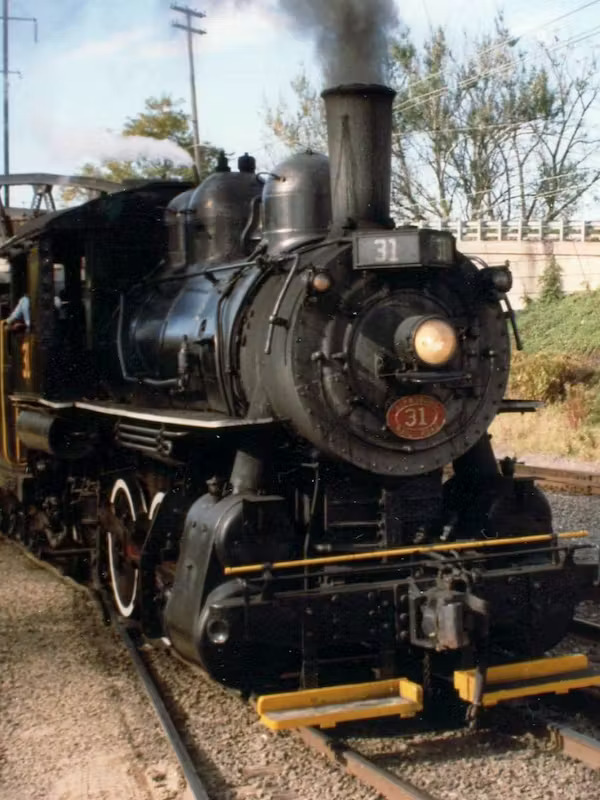
Locomotive No. 31
A locomotive with a 0-6-0 wheel configuration is Locomotive No. 31. It has zero leading wheels, six driving wheels, and zero trailing wheels. A unique feature of this locomotive is it has a switching service configuration.
It was the first locomotive to run at Strasburg Rail Road after the company divested itself of steam locomotives in the 1920s and was also the first steam locomotive to return to passenger service in the US.
It has been under an extensive rebuild since 2009 due to the Federal Railroad Administration’s 1,472-day/15-year inspection cycle.
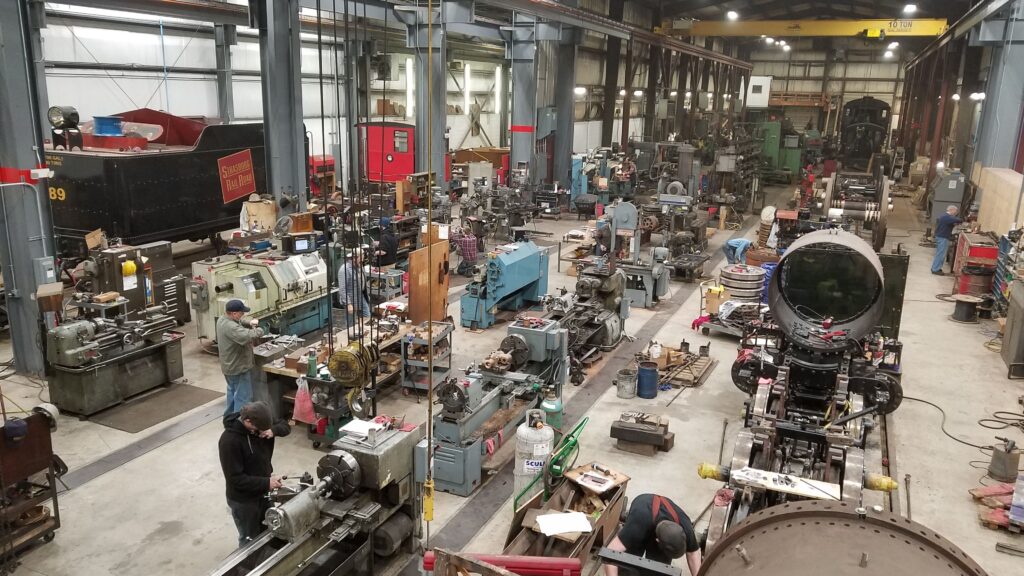
Why the Mechanical Services Team Loves Wheel Configurations
We love steam locomotives. They‘re not just our job—they are our passion.
The wheels are an integral part of a train and are what makes it move. Without them, a train becomes a waiting room.
At the Strasburg Rail Road Mechanical Shop, we treat these wheels with the respect they deserve. Our team of experts has the knowledge to repair or reproduce specialty wheel work by using a combination of steam-era methods and modern practices.
You might not think about the wheels when you look at a train but you should. After all, the wheel helped you get to the train station.
